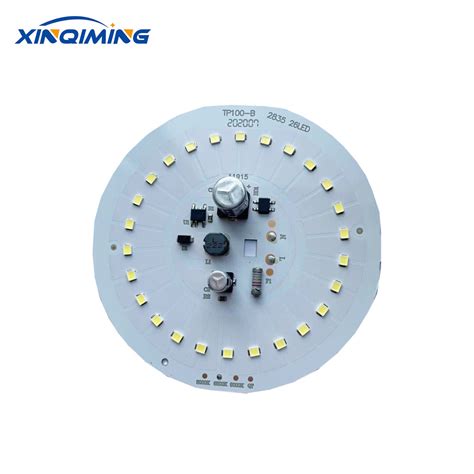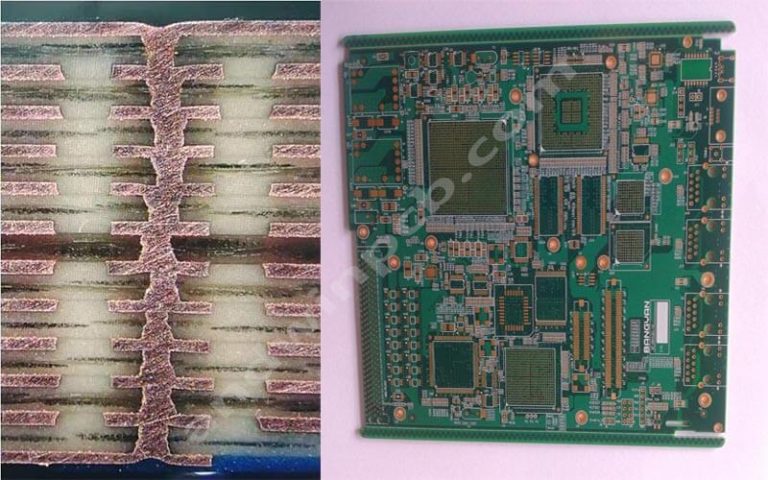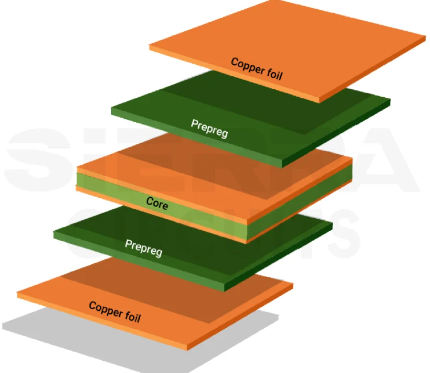Discover Durable High Quality PCB Boards for Your Projects
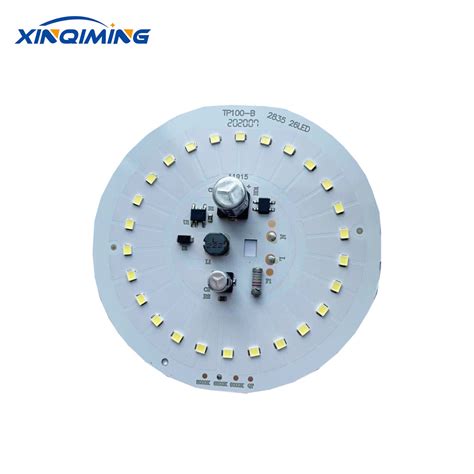
Key Takeaways
High-quality PCB boards are essential in electronic design, as they directly influence the overall performance and reliability of your projects. When exploring pcb manufacturing, you will encounter various pcb manufacturing companies offering diverse products tailored to meet different needs. It’s crucial to understand the pcb manufacturing cost associated with these boards, as investing in a robust and well-crafted option can save you money in the long run by reducing failures and repairs. A dependable pcb manufacturing business focuses on precision, using advanced techniques to create boards that withstand rigorous testing and environmental conditions. By selecting high-quality PCB boards, you ensure that your electronic designs are efficient and perform optimally, whether you are a hobbyist or a professional in the field. For more detailed insights on this topic and top manufacturers, you might want to visit Andwin PCB.
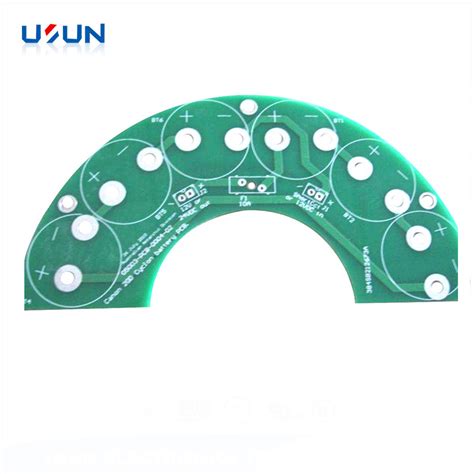
The Importance of High-Quality PCB Boards in Electronic Design
When it comes to electronic design, using high-quality PCB boards is crucial to the success of your projects. These boards serve as the backbone of your electronic components, so ensuring their durability and reliability cannot be overstated. High-quality PCB manufacturing processes ensure that you receive boards that are not only robust but also feature precise layouts and connections, significantly reducing the risk of malfunction. This is particularly important when working in environments with demanding electrical requirements.
By choosing reputable PCB manufacturing companies, you can have confidence in the quality and performance of your boards. Note that while there may be cheaper options available, shopping based solely on pcb manufacturing cost might compromise the integrity of your project. Investing in durable boards can save you troubleshooting time and additional costs down the line, reinforcing your design’s overall reliability.
Furthermore, a well-constructed PCB can be an essential factor in achieving high-performance standards in various applications—from simple hobbyist projects to complex professional systems. You should consider pcb manufacturing business criteria that prioritize long-term reliability and performance over short-term savings to ensure a successful outcome for your designs.
"Investing in quality materials at the outset can lead to reduced risks and more efficient project execution."
Key Features to Look for in Durable PCB Boards
When selecting a durable PCB board, there are several key features you should consider to ensure you are making the best choice for your projects. First and foremost, pay attention to the material used in the PCB. High-quality materials like FR-4 (a flame-resistant glass-reinforced epoxy laminate) provide excellent durability and thermal stability, which are critical for high-performance applications. Next, consider the layers of the PCB; multi-layer boards can support complex circuits and improve signal integrity, making them essential for advanced electronics designs.
Another important feature is the copper thickness, which can significantly affect performance. Thicker copper layers provide better conductivity and heat dissipation, thus enhancing the overall reliability of your board. Additionally, look into the surface finishes available; options such as HASL (Hot Air Solder Leveling) or ENIG (Electroless Nickel Immersion Gold) can impact solderability and oxidation resistance.
Furthermore, assess the manufacturer’s reputation by researching various PCB manufacturing companies. Understanding their capabilities will help you gauge the PCB manufacturing cost associated with your projects. It’s also advisable to inquire about any additional services they provide, as these can enhance your overall experience with the PCB manufacturing business.
Lastly, probe into any certifications that a manufacturer holds, such as ISO or IPC standards. These certifications can serve as an assurance of quality and reliability in their products. By focusing on these features, you position yourself to select a durable PCB board that meets your project’s specific requirements while ensuring optimal performance throughout its lifecycle.
Comparing Different Types of PCB Boards for Various Applications
When embarking on your electronic projects, understanding the distinctions between different types of PCB boards is essential for achieving optimal results. Various pcb manufacturing techniques can lead to diverse board designs tailored to specific applications, such as single-sided, double-sided, and multilayer boards. Each type caters to different needs; for example, single-sided boards are often used in simpler devices due to their ease of production and lower pcb manufacturing cost, while multilayer boards are preferred for more complex electronics requiring enhanced performance and reduced size.
The choice of material also greatly affects the durability and reliability of your board, which is why selecting from reputable pcb manufacturing companies is crucial. These companies offer high-quality materials like FR-4 or polyimide that ensure the longevity and efficiency of your projects. Moreover, depending on the requirements of your application, you’ll encounter PCBs designed for high-frequency electronics or those that withstand harsh environmental conditions—indicating the breadth of options available through various pcb manufacturing business models.
In determining which PCB type best meets your project’s needs, consider factors such as heat dissipation capabilities, electrical performance, and flexibility. By doing so, you can select a durable solution that aligns with your specifications while ensuring that you maximize the benefits provided by high-quality PCB boards in your designs. This informed approach will enable you to harness the full potential of the advancements in board technology available today.
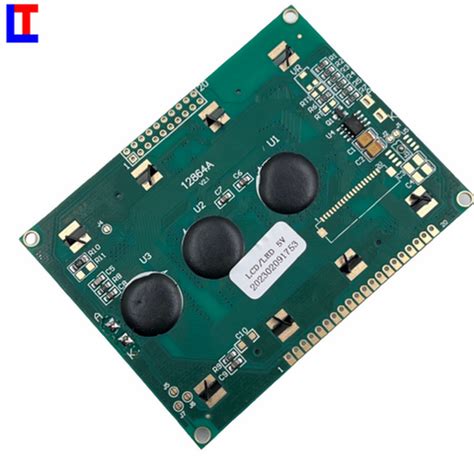
The Manufacturing Process Behind High-Quality PCB Boards
When it comes to PCB manufacturing, the process involves several critical steps that ensure the final product meets high standards of quality and durability. Understanding these processes will help you appreciate what sets high-quality PCB boards apart. Initially, the design is conceptualized using sophisticated software, where every trace and component is planned meticulously to ensure optimal performance. Once designed, the fabrication begins with the selection of suitable materials that contribute to the board’s reliability and longevity.
The next stage involves etching, where a layer of copper is deposited on an insulating substrate. This copper layer is then chemically treated to create intricate pathways for electrical signal transmission. It’s vital to select reputable PCB manufacturing companies during this phase, as they utilize advanced technology to produce precise boards with minimal defects.
Following etching, various components are placed onto the board through a process called surface mount technology (SMT). This method allows for high-density mounting of components, making it ideal for modern electronic applications. The cost associated with PCB manufacturing can vary significantly based on complexity and volume; thus, understanding potential PCB manufacturing costs can help you budget effectively.
In analyzing different PCB manufacturing businesses, you may find that those specializing in high-volume production often implement automation alongside skilled labor to ensure efficiency without compromising quality. Moreover, rigorous testing procedures are employed post-manufacturing to verify that each board performs reliably under specified conditions. This thorough process contributes significantly to the durability you expect from high-quality PCBs.
| Stage | Description |
|---|---|
| Design | Conceptualizing board layouts using software |
| Material Selection | Choosing suitable materials for reliability |
| Etching | Creating copper pathways through chemical processes |
| Component Placement | Using SMT for high-density mounting of components |
| Testing | Verifying performance through rigorous quality checks |
In summary, recognizing these stages in the PCB manufacturing process allows you to better evaluate your options when selecting a suitable board for your projects. By partnering with reliable manufacturers who prioritize precise execution and strict testing protocols, you can ensure your electronics achieve optimal performance while benefiting from the durability of high-quality PCB boards.

How to Choose the Right PCB Board for Your Project
Choosing the right PCB board for your project is a crucial step that can significantly affect its performance and reliability. When selecting a board, consider several factors, such as the intended application and specific design requirements. Start by evaluating the PCB manufacturing processes available, as they can impact both quality and PCB manufacturing cost. Different PCB manufacturing companies offer various materials and fabrication techniques that can cater to your project’s needs. It’s essential to assess whether you need a single-sided or double-sided board, as this decision affects not only the complexity of your design but also the overall costs associated with production.
Furthermore, think about the environment in which your board will operate. For instance, if you’ll be using it in high-temperature conditions, you might want to source boards that can withstand such environments without sacrificing performance. You should also consider durability; high-quality boards are often made from materials like FR-4, which provide excellent thermal stability and electrical insulation.
Ultimately, understanding your project’s unique specifications will guide you in selecting the most suitable option among various PCB manufacturing options. This ensures you achieve optimal functionality while keeping an eye on your budget—crucial if you’re running a PCB manufacturing business or working on complex designs as a hobbyist or professional. Remember that investing in a good-quality PCB from reputable manufacturers can save you significant costs down the line related to repairs and replacements due to faults or failures.
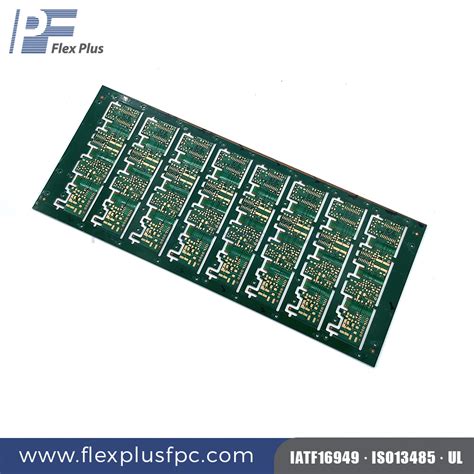
Top Brands Known for Reliable PCB Board Manufacturing
When it comes to selecting a high-quality PCB board, you want to ensure that you choose products from reputable pcb manufacturing companies. These brands have established themselves as leaders in the field, consistently delivering durable and reliable boards that meet the demands of various applications. They emphasize rigorous quality control throughout the pcb manufacturing process, resulting in products that perform optimally for both beginners and seasoned professionals. It’s important to consider the pcb manufacturing cost as well; however, investing in trusted brands often leads to long-term savings due to the reduced likelihood of failure or replacement. Companies that specialize in this field understand the unique requirements of their customers, offering a range of options tailored for different project needs. By choosing recognized names in PCB manufacturing business, you can have confidence that your projects will be equipped with dependable materials, ultimately contributing to your overall success and efficiency.

Tips for Maintaining and Storing Your PCB Boards
To ensure the longevity and performance of your high-quality PCB boards, proper maintenance and storage are essential. Start by keeping your boards in a clean, dry environment to prevent moisture-related damage—a common issue that can arise in many PCB manufacturing processes. When handling your boards, always wear gloves to avoid leaving fingerprints or oils that can impact performance. Additionally, it’s beneficial to store your PCB boards in anti-static bags or containers to protect them from static discharge. Be mindful of the temperature and humidity levels in your storage area, as extreme conditions can affect the lifespan of the materials used in PCB manufacturing. If you find yourself frequently ordering from pcb manufacturing companies, consider establishing a relationship with reputable suppliers who understand the significance of quality in terms of durability and reliability. As you delve deeper into the pcb manufacturing business, you may want to compare various manufacturers’ processes; focusing on their ability to produce resilient products will significantly impact your project outcomes. By prioritizing these storage and maintenance tips, you can ensure that your durable PCB boards will perform optimally when it’s time for assembly and integration into your projects.
Success Stories: Projects Featuring Durable PCB Boards
In the world of electronics, the choice of durable PCB boards can significantly influence the success of your projects. Many individuals and companies have harnessed the power of high-quality materials in various applications, showcasing how effective pcb manufacturing can elevate their ideas. For instance, a small tech startup recently developed an innovative gadget using high-quality PCB boards sourced from reputable pcb manufacturing companies. Their project not only met performance expectations but also stood out due to its longevity and reliability.
Another example comes from an educational institution that incorporated these robust boards in their student-led projects. By utilizing durable PCBs, they witnessed a remarkable decrease in electrical failures and enhanced overall project outcomes, which encouraged students to explore even more complex applications. This trend illustrates an important point: when you prioritize pcb manufacturing cost versus quality, you may find that investing in better materials pays off in the long run.
Moreover, various DIY enthusiasts have shared their success stories when building sophisticated projects for competitions or personal use. They often highlight that working with trusted pcb manufacturing businesses results in smoother processes and fewer frustrations during assembly. Such accounts serve as a testament to the substantial advantages of selecting high-quality PCB boards, not just for performance but also for fostering creativity and innovation within electronics design. By focusing on durable materials in your projects, you’re joining a community that values craftsmanship and excellence in technology development.
Conclusion
In conclusion, selecting high-quality PCB boards is critical for the success of any electronic project, whether you’re a hobbyist or a seasoned professional. When engaging with pcb manufacturing, understanding the various aspects involved in the process helps you achieve optimal results. For instance, you should consider the pcb manufacturing cost as a crucial factor, as it may significantly impact your budget. Explore the different pcb manufacturing companies available to find those that align with your needs and values. Keep in mind that a reputable pcb manufacturing business not only provides reliable products but also offers support throughout your project lifecycle. Investing time in understanding these facets can lead to improved performance and durability of your assemblies, ultimately enhancing the success of your projects. Remember to prioritize quality, as durable PCB boards will lead to greater reliability and efficiency in your electronic designs.
FAQs
What are high-quality PCB boards and why are they important?
High-quality PCB boards are crucial for ensuring the efficiency and reliability of your electronic designs. They provide the necessary durability and conductivity required for smooth operation in various applications. Using PCB manufacturing processes that prioritize quality can significantly influence the overall performance of your projects.
What should I look for when selecting a durable PCB board?
When choosing a PCB board, consider factors like material quality, thickness, and surface finish. Boards from reputable PCB manufacturing companies often use top-grade materials that enhance their lifespan and reduce the chances of failure.
How do different types of PCB boards compare for various applications?
Different types of PCB boards, such as single-sided, double-sided, or multilayer, have specific characteristics suitable for distinct applications. Understanding your project’s requirements can help you select the most effective type, impacting the overall PCB manufacturing cost.
What is the manufacturing process behind high-quality PCB boards?
The process involves stages like design layout, etching, lamination, drilling, plating, and surface finishing. Each step in the PCB manufacturing business is essential to achieving a product that meets high performance standards.
How can I choose the right PCB board for my project?
Consider your project specifications such as size constraints, complexity of design, and electrical performance needs. Familiarizing yourself with available options through research on leading PCB manufacturing companies can assist you in making an informed decision.

